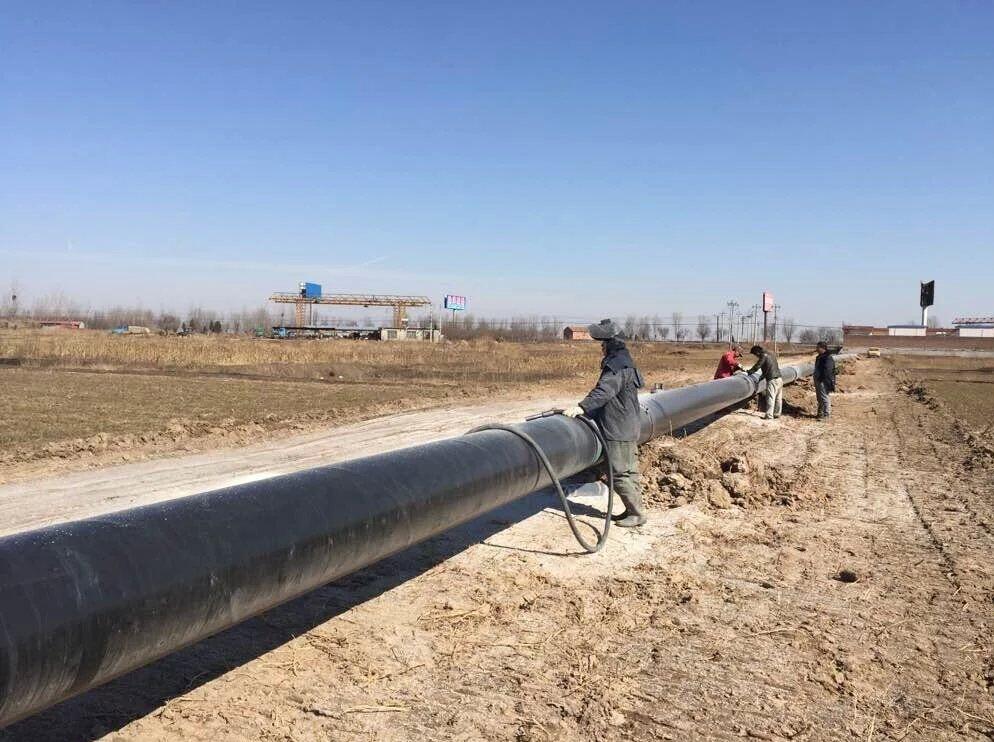Seamless steel pipe production capacity reflects the advantages of high quality and efficiency. The output of a seamless steel pipe unit is equivalent to 5-8 sets of oil casing equipment. How to make the production line of multiple coil tube equipment reach the uniform production scale, that is, to produce according to the same production process specification and quality assurance system Welding quality requirements and pipeline manufacturing grades will be a tedious task.
The production of seamless steel pipes is a continuous process that is basically uninterrupted under the premise of unified working conditions. The production process of longitudinal welded pipe is segmented, including whole plate/head/pre-roll/spot welding/welding/finishing/group Equivalent to multiple process procedures. This is an important feature that distinguishes seamless steel pipe production from oil casing production. The drop in the transfer line and the length of the pipe, the fluid viscosity coefficient, the fluid velocity, and the fluid drag coefficient are all proportional and are inversely proportional to the internal diameter of the pipe. The fluid drag coefficient is related to both the Reynolds number and the roughness of the inner wall surface of the tube.
Effect of roughness
It has been determined that the effect of roughness on the inner surface of the pipe is ten times greater than that of the local bulge (such as a erw stel pipe or a longitudinal weld, and even an inner annular weld). The on-site weldability is mainly determined by the material of the steel pipe and the dimensional tolerance of the port. Taking into account the requirements for the installation of steel tubes, the consistency of the continuity and shape geometry of the steel tube production is particularly important. Undisciplined production conditions are very convenient for welding quality control and geometrical dimension assurance.
Because the seamless steel pipe is of regular pipe type and uniform distribution of welds, the ssaw steel pipe has very good nozzle ellipticity and verticality of the end face with respect to the straight seam welded pipe, ensuring the accuracy of the on-site welding of the steel pipe assembly. According to the measurement results, the fatigue strength of the seamless steel pipe is the same as that of the seamless pipe and the resistance welded pipe. The test data is in the same area as the seamless pipe and the resistance pipe, and higher than that of the ordinary submerged arc straight seam welded pipe.
The trend in pipeline development
The bulls tend to produce more engineering than the increase in engineering and quality monitoring. For multiple oil casing units and corresponding welding equipment, the differences in the handling skills, quality awareness, distribution points, and control procedures of the operating staff will bring about many problems in production management, schedule, inspection and acceptance, and delivery coordination. It is very easy to cause turmoil in governance and coordination, as well as the quality of production plants and construction companies.
The trend of pipeline development is large diameter and high strength. With the increase of the diameter of the steel pipe and the advancement of the steel grades used, the trend of the occurrence of ductile fractures with sharp steady expansion is greater. According to tests conducted by relevant research institutions in the United States, seamless steel pipes and petroleum casings are of the same level, but seamless steel pipes have higher impact toughness. Because of the change in the transmission line, the steel pipe is subjected to a random alternating load during the actual operation. Understanding the low cycle fatigue strength of steel pipes is of great significance in determining the service life of pipelines.

